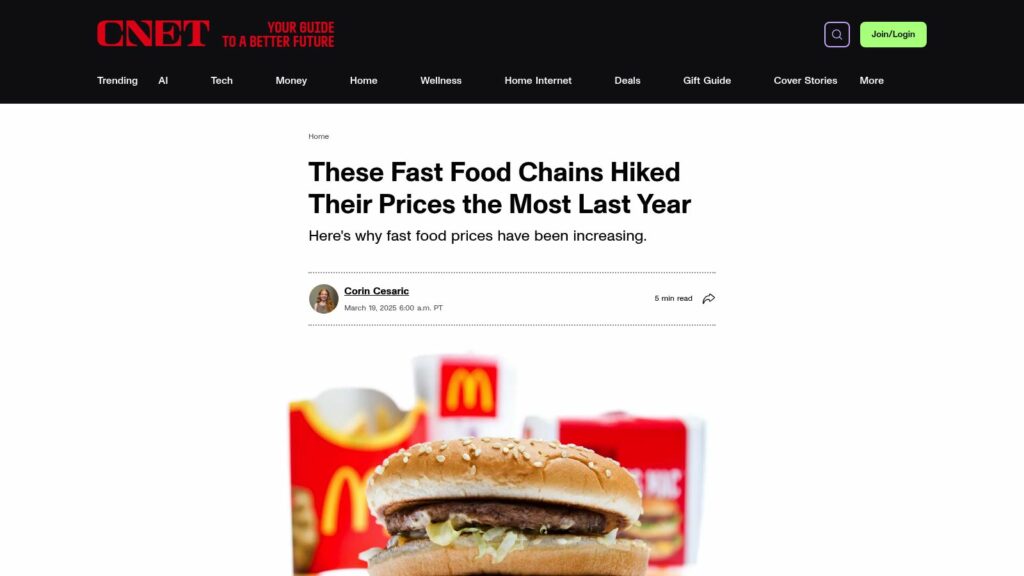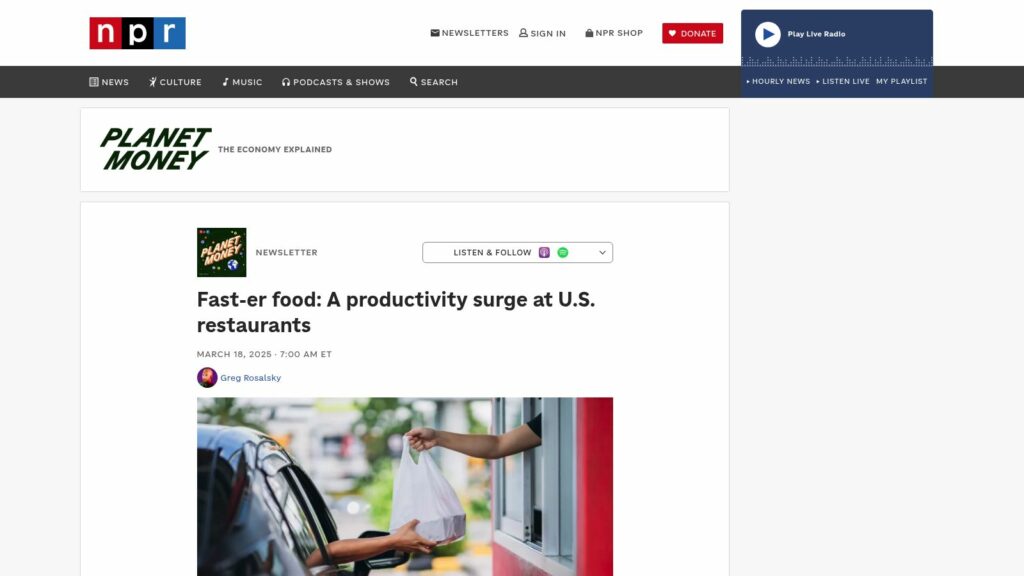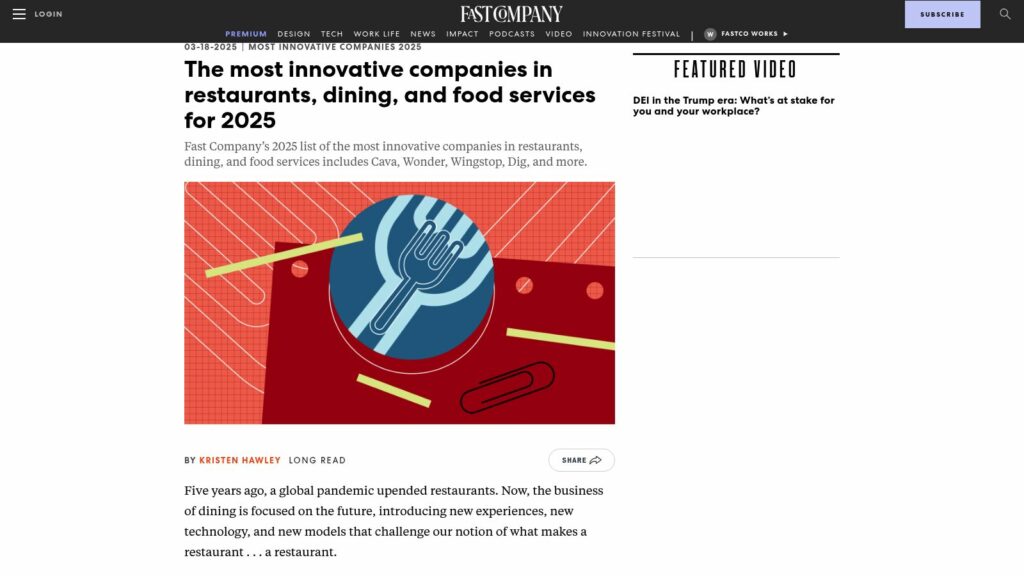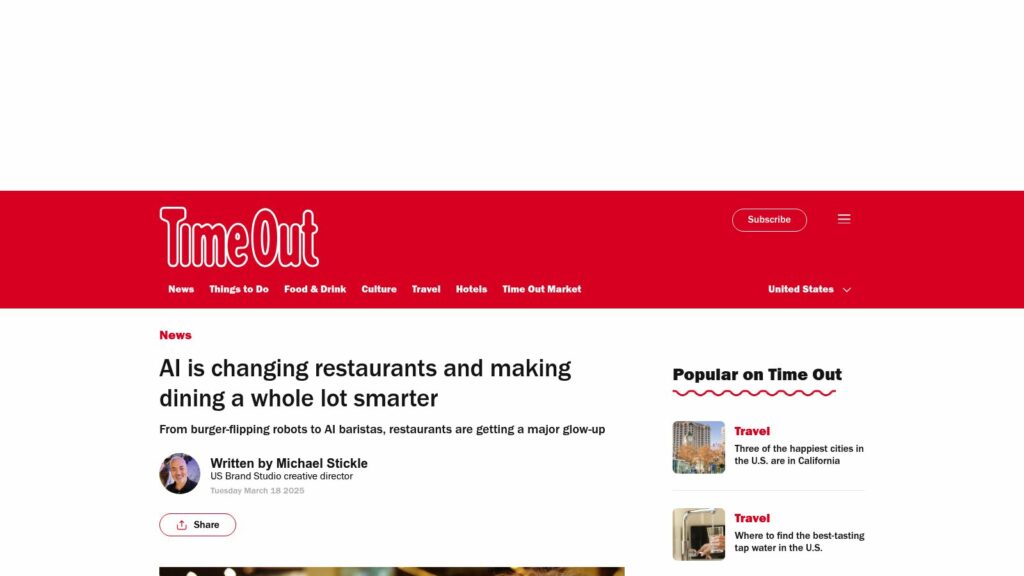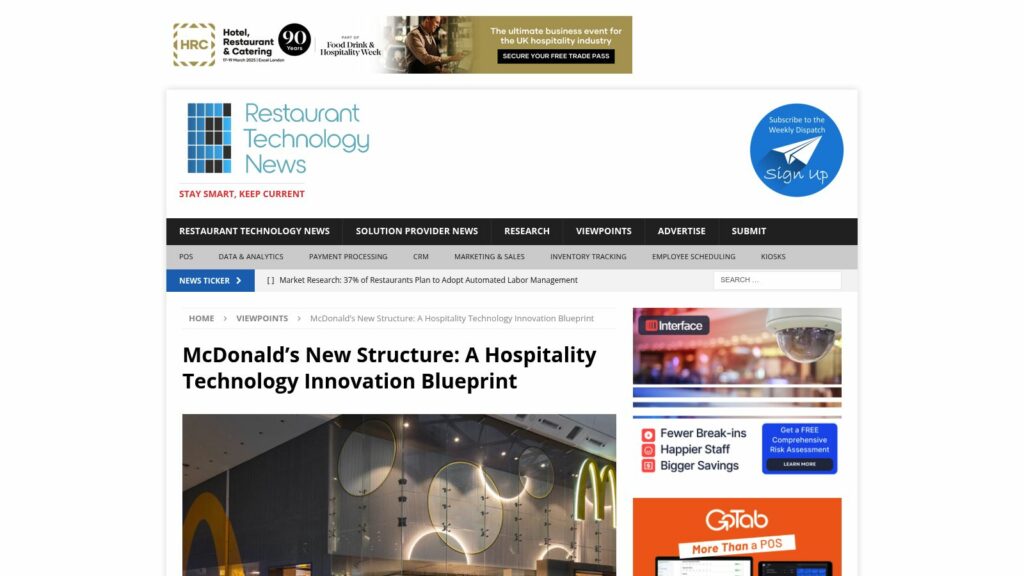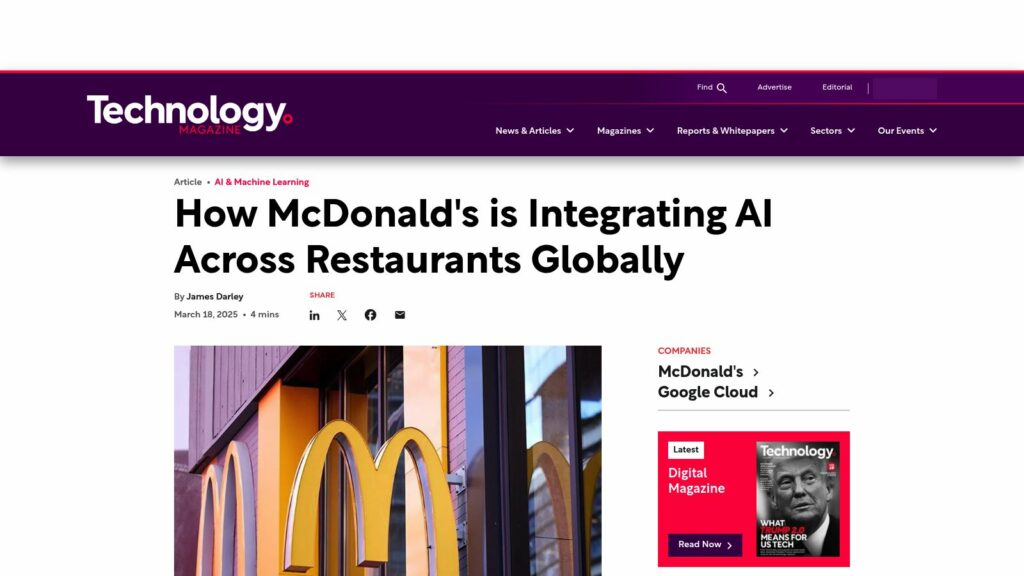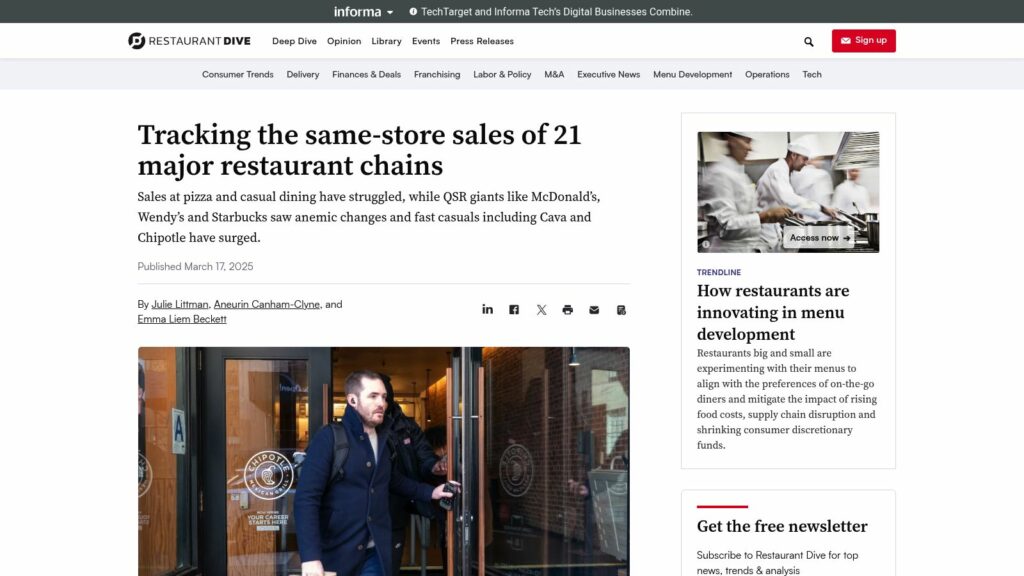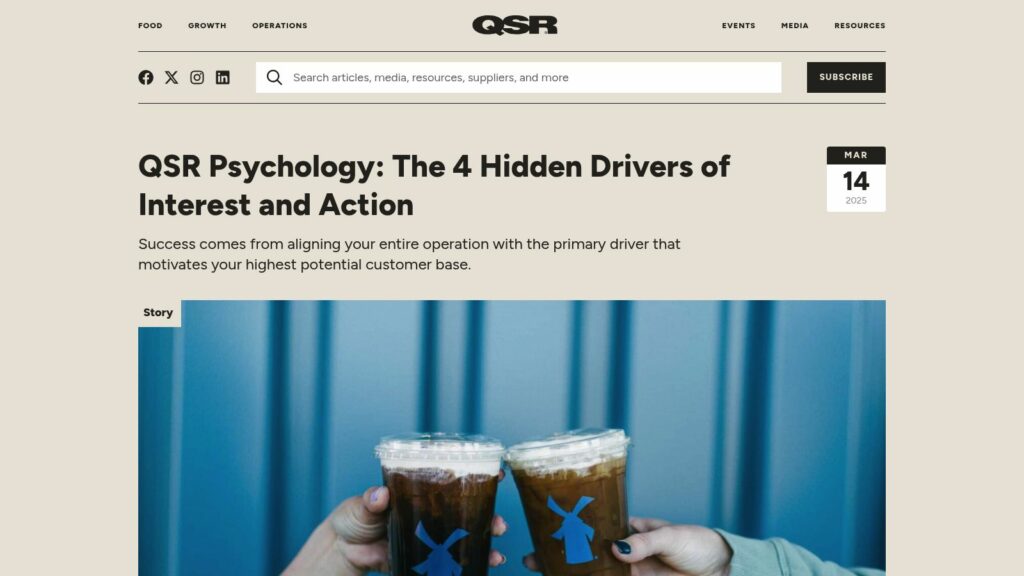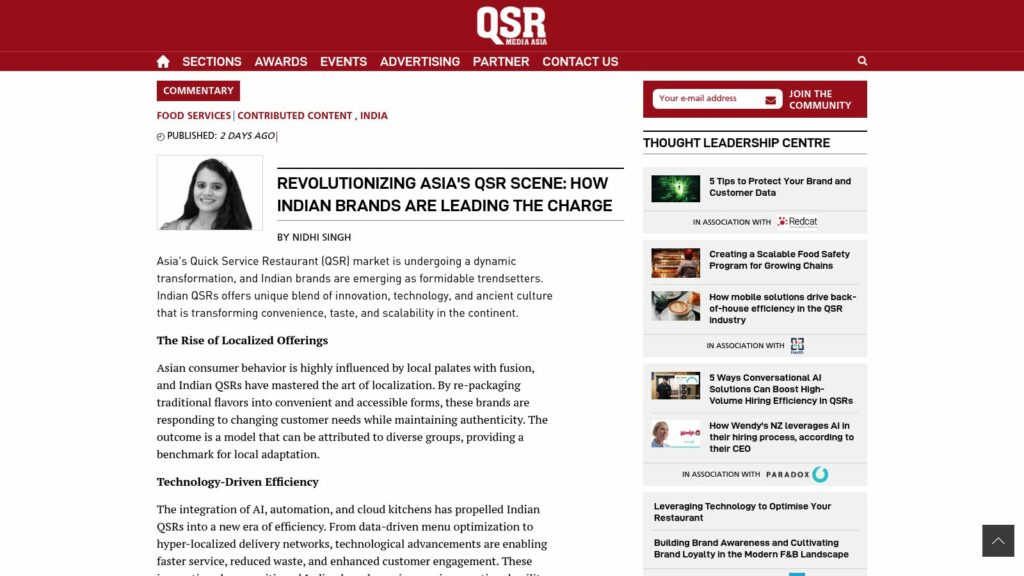These Fast Food Chains Hiked Their Prices the Most Last Year
Fast food prices have surged significantly, with major chains like McDonald's, Popeyes, and Taco Bell increasing menu prices by up to 132% in the last decade. Many consumers now view fast food as a luxury meal. Factors contributing to this inflation include rising wages, increased food prices, and tariffs affecting supply chains. As economists predict continued price hikes, consumers may opt for home-cooked meals to save money.
https://www.cnet.com/home/these-fast-food-chains-hiked-their-prices-the-most-last-year/
